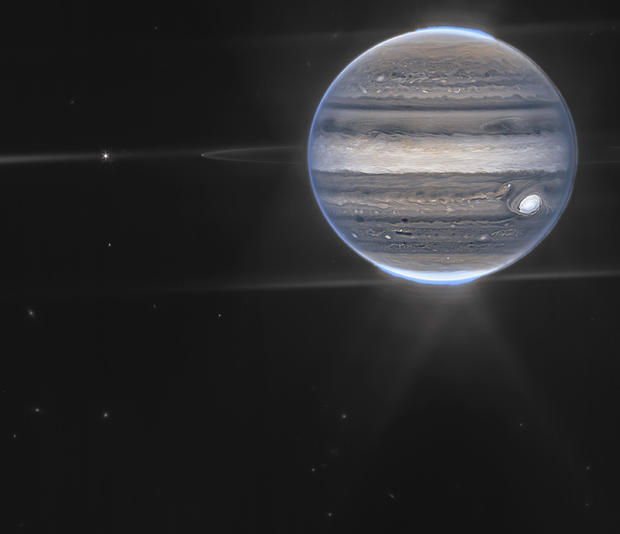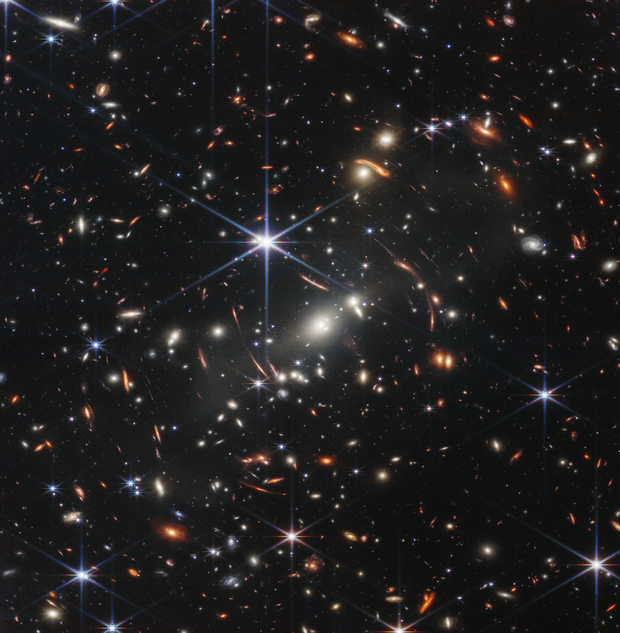NASA’s James Webb Space Telescope has become known for capturing stunning images of space, but the telescope recently made a different kind of discovery –– the first clear evidence of carbon dioxide in the atmosphere of a planet outside the solar system.
The CO2 – the compound humans breathe out – was found in the atmosphere of a planet orbiting a star 700 light-years away, NASA said.
The hot gas giant planet was discovered in 2011 and has been named WASP-39 b. Its mass is roughly one-quarter Jupiter’s and about the same as Saturn’s. However, its diameter is 1.3 times bigger than Jupiter’s.
The finding shows that the Webb Space Telescope may be able to detect and measure carbon dioxide in the thinner atmospheres of smaller rocky planets in the future.
NASA’s Hubble and Spitzer have detected water vapor, sodium and potassium in the atmosphere of WASP-39 b.
“Detecting such a clear signal of carbon dioxide on WASP-39 b bodes well for the detection of atmospheres on smaller, terrestrial-sized planets,” Natalie Batalha of the University of California at Santa Cruz, said in a statement. Batalha led the research team, which used Webb’s Near-Infrared Spectrograph for its observations of WASP-39 b.
“As soon as the data appeared on my screen, the whopping carbon dioxide feature grabbed me,” said Zafar Rustamkulov, a graduate student at Johns Hopkins University and member of the JWST Transiting Exoplanet Community Early Release Science team. “It was a special moment, crossing an important threshold in exoplanet sciences.”
The composition of a planet’s atmosphere can tell us something about the planet’s origin and how it evolved, NASA says.
“Carbon dioxide molecules are sensitive tracers of the story of planet formation,” Mike Line of Arizona State University, another member of the research team said. “By measuring this carbon dioxide feature, we can determine how much solid versus how much gaseous material was used to form this gas giant planet.
The team will continue to measure this in other planets in the coming decade, and the research can help provide insight into how planets form and how unique our own solar system is.
This week, NASA released more of the Webb Space Telescope’s findings. In July, Webb captured unprecedented views of Jupiter’s northern and southern lights, swirling polar haze, its Great Red Spot, and faint rings.
“We’ve never seen Jupiter like this. It’s all quite incredible,” planetary astronomer Imke de Pater, of the University of California, Berkeley, said in a statement. He helped lead the observation. “We hadn’t really expected it to be this good, to be honest.”
And earlier this month, stunning images that were captured by Webb of a distant galaxy were released.




